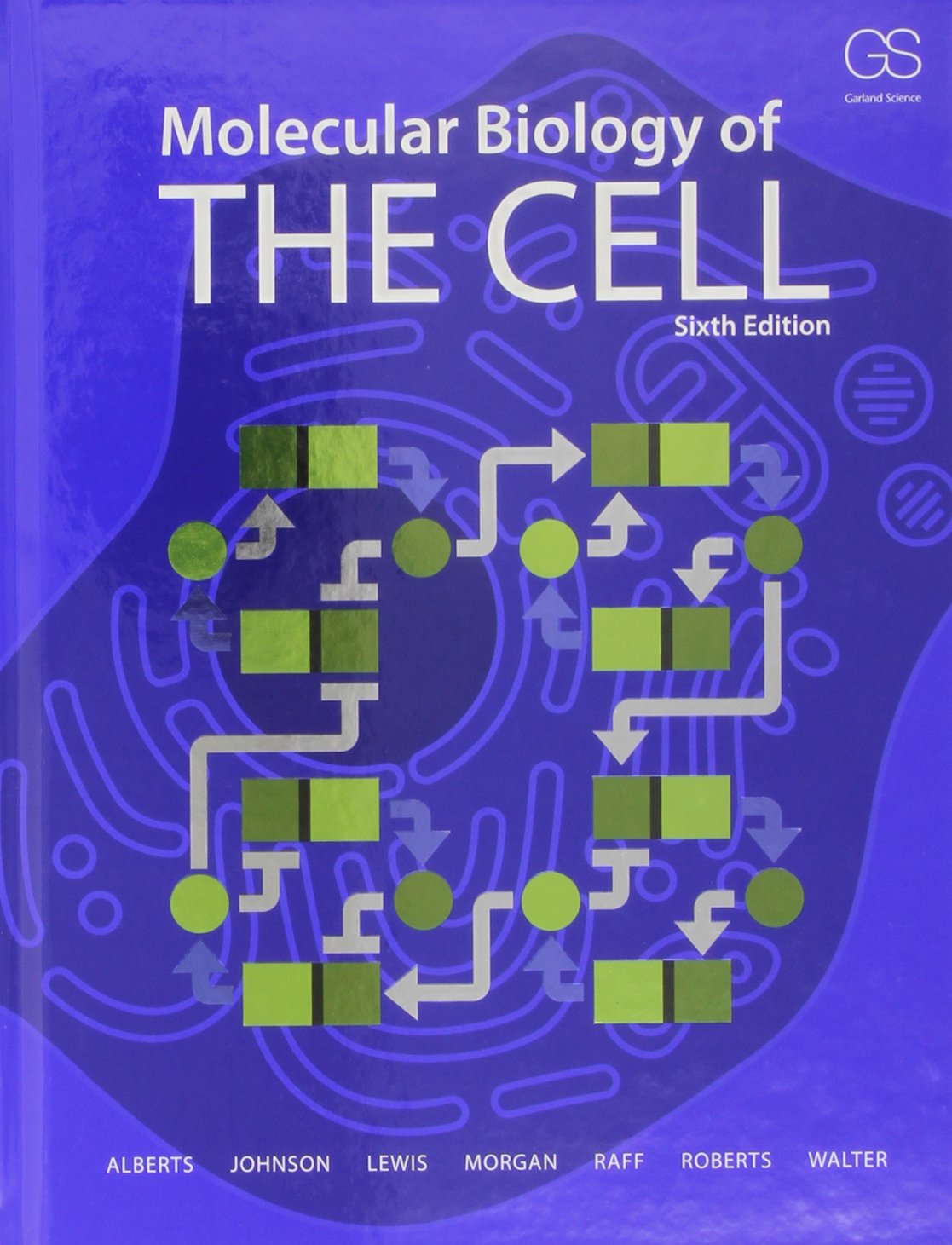About this deal
Molecular Biology of the Cell, Sixth Edition: The Problems Book by John Wilson and Tim Hunt The Problems Book is designed to help students appreciate the ways in which experiments and simple calculations can lead to an understanding of how cells work. It provides problems to accompany Chapters 1–20 of Molecular Biology of the Cell. Each chapter of problems is divided into sections that correspond to those of the main textbook and review key terms, test for understanding basic concepts, pose research-based problems, and now include MCAT-style questions which help students to prepare for standardized medical school admission tests. Molecular Biology of the Cell, Sixth Edition: The Problems Book should be useful for homework assignments and as a basis for class discussion. It could even provide ideas for exam questions. Solutions for all of the problems are provided in the book. Solutions for the end-of-chapter problems for Chapters 1–24 in the main textbook are also found in The Problems Book Phospholipid Exchange Proteins Help to Transport Phospholipids from the ER to Mitochondria and Peroxisomes In a Reaction Center, Light Energy Captured by Chlorophyll Creates a Strong Electron Donor from a Weak One
A selection of problems, written by John Wilson and Tim Hunt, appears in the text at the end of each chapter. New to this edition are problems for the last four chapters on multicellular organisms. The complete solutions to all of these problems can be found in Molecular Biology of the Cell, Sixth Edition: The Problems Book which if you want then comment below will upload. A Strand-directed Mismatch Repair System Removes Replication Errors That Escape from the Replication Machine Highly Condensed Chromatin Replicates Late, While Genes in Less Condensed Chromatin Tend to Replicate Early Dpp and Sog Set Up a Secondary Morphogen Gradient to Refine the Pattern of the Dorsal Part of the Embryo Writing and illustrating a text book on a topic as elaborate as the molecular biology of the cell is a huge undertaking, made all the more difficult by the continuous advances and unexpected revisions characteristic of this topic. Yes, there are some fundamental biological concepts that underpin this wide ranging subject, but an appreciation of the work being carried out in this field also requires an understanding of other more specialised subject areas such as biochemistry, biophysics, bioinformatics and biomechanics. The task of condensing all this information into a reasonably concise and readable book that retains its relevance for a number of years is daunting. Having to include appropriate illustrations that clarify and explain all this material makes such an undertaking a mammoth exercise. Furthermore, the competition from freely and instantly accessible online information requires any such book to offer a unique and cost-effective solution to the needs of impecunious (at least as far as study-associated expenses are concerned) students.
Article Menu
Carbon Fixation in Some Plants Is Compartmentalized to Facilitate Growth at Low CO 2 Concentrations Bcl-2 Family Proteins and IAP Proteins Are the Main Intracellular Regulators of the Cell Death Program Interactions of the Oocyte With Its Surroundings Define the Axes of the Embryo: the Role of the Egg-Polarity Genes
Some Key Regulatory Genes Define a Cell Type; Others Can Activate the Program for Creation of an Entire Organ Two Proteins That Repress Each Other's Synthesis Determine the Heritable State of Bacteriophage Lambda Studies of Developing Embryos and Transgenic Mice Help to Uncover the Function of Cancer-Critical GenesHelper T Cells Recognize Fragments of Endocytosed Foreign Protein Associated with Class II MHC Proteins of one molecule can align to points a 2, b 2, and c 2 in the other molecule, respectively. Which map The Modular Nature of Regulatory DNA Allows Genes to Have Multiple Independently Controlled Functions The Genome Sequences of Two Species Differ in Proportion to the Length of Time That They Have Separately Evolved
Three Molecules of ATP and Two Molecules of NADPH Are Consumed for Each CO 2 Molecule That Is Fixed Spectrin Is a Cytoskeletal Protein Noncovalently Associated with the Cytosolic Side of the Red Blood Cell Membrane
About
As Electrons Move Along the Respiratory Chain, Energy Is Stored as an Electrochemical Proton Gradient Across the Inner Membrane Neuromuscular Transmission Involves the Sequential Activation of Five Different Sets of Ion Channels The Membrane Potential in Animal Cells Depends Mainly on K + Leak Channels and the K + Gradient Across the Plasma Membrane In Multicellular Animals and Most Plants, the Diploid Phase Is Complex and Long, the Haploid Simple and Fleeting Filament Treadmilling and Dynamic Instability Are Consequences of Nucleotide Hydrolysis by Tubulin and Actin
Smell and Vision Depend on G-Protein-linked Receptors That Regulate Cyclic-Nucleotide-gated Ion Channels Lateral Inhibition and Asymmetric Division Combine to Regulate Genesis of Neurons Throughout the BodyTransport Between the Nucleus and Cytosol Can Be Regulated by Controlling Access to the Transport Machinery protein structure is composed of only ³ helices (1), only parallel ³ sheets (2), only antiparallel ³ Ca 2+/Calmodulin-dependent Protein Kinases (CaM-Kinases) Mediate Many of the Actions of Ca 2+ in Animal Cells Initial Patterns Are Established in Small Fields of Cells and Refined by Sequential Induction as the Embryo Grows
Related:
 Great Deal
Great Deal 